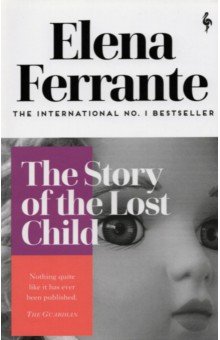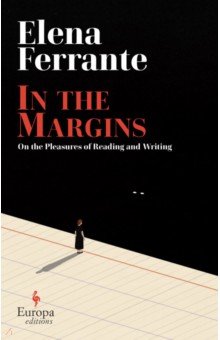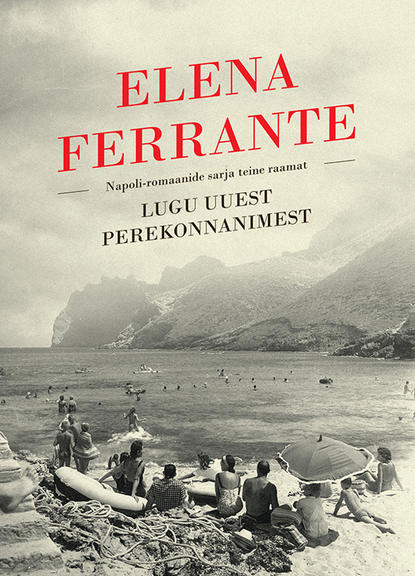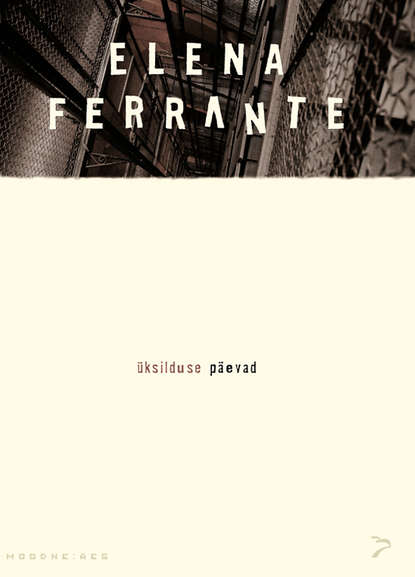О книге
The Story of the Lost Child is the concluding volume in the dazzling saga of two women- the brilliant, bookish Elena, and the fiery, uncontainable Lila. Both are now adults, with husbands, lovers, aging parents, and children. Their friendship has been the gravitational center of their lives. Both women fought to escape the neighborhood in which they grew up-a prison of conformity, violence, and inviolable taboos. Elena married, moved to Florence, started a family, and published several well-received books. In this final novel she has returned to Naples, drawn back as if responding to the city's obscure magnetism. Lila, on the other hand, could never free herself from the city of her birth. She has become a successful entrepreneur, but her success draws her into closer proximity with the nepotism, chauvinism, and criminal violence that infect the neighborhood. Proximity to the world she has always rejected only brings her role as its unacknowledged leader into relief. For Lila is unstoppable, unmanageable, unforgettable.
Отзывы
0Чтобы оставить отзыв или проголосовать, необходимо авторизоваться





 0
0 










